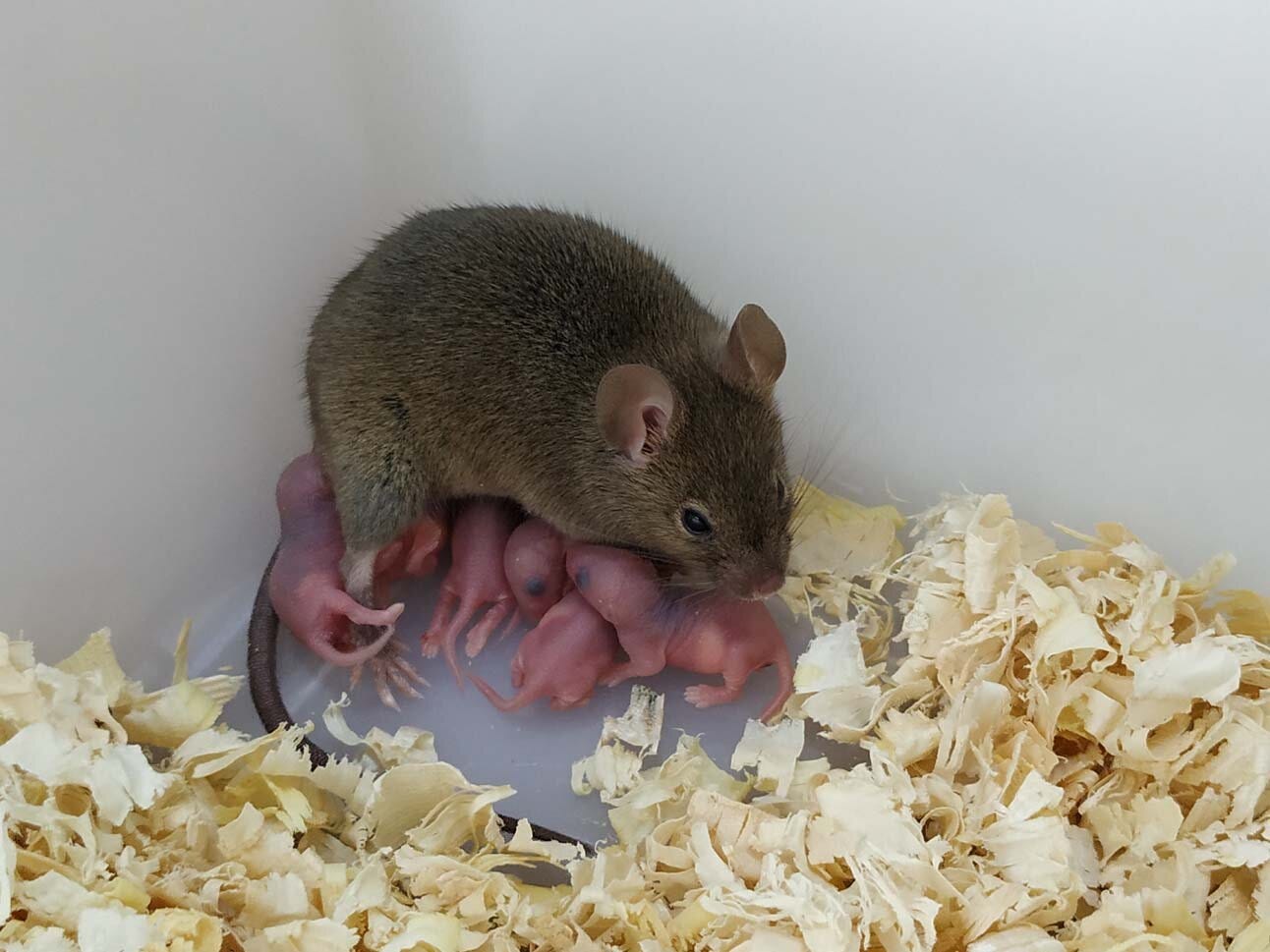Scientists Create Offspring from a Single Egg
Have you ever wondered if it's possible to create a baby animal from just one parent? Well, scientists have recently made a breakthrough by creating offspring from a single egg [1]! This exciting discovery could open up many opportunities in agriculture, research, and medicine.
In mammals, a new life usually begins when a sperm cell from the father meets an egg cell from the mother. However, a team of researchers has managed to create live mammalian offspring using only a single, unfertilized egg. This process is called parthenogenesis, and it's quite rare in mammals.
To achieve this, the scientists had to overcome a major obstacle: genomic imprinting. Genomic imprinting is a natural process that ensures certain genes are expressed only from the mother or the father. In parthenogenesis, both sets of genes come from the mother, which can cause problems during development.
The researchers used a technique called targeted DNA methylation rewriting to edit specific regions of the egg's DNA. This allowed them to control which genes were expressed and mimic the natural balance between maternal and paternal genes. By editing seven critical imprinting control regions, they were able to generate viable full-term offspring directly from single unfertilized mouse egg.
This groundbreaking research shows that parthenogenesis can be achieved in mammals by carefully controlling the expression of specific genes.
How does it relate to cloning? the offspring produced through parthenogenesis are essentially clones of the mother. Since the offspring are created from a single, unfertilized egg, they inherit all their genetic material from the mother. This means that the offspring will have the same genetic makeup as the mother, making them clones. However, it's important to note that the targeted DNA methylation rewriting technique used in this research involves editing specific regions of the egg's DNA, which could potentially introduce some differences between the mother and the offspring. Nonetheless, the overall genetic makeup of the offspring would still be predominantly identical to that of the mother.
References
Viable offspring derived from single unfertilized mammalian oocytes https://www.pnas.org/doi/full/10.1073/pnas.2115248119




